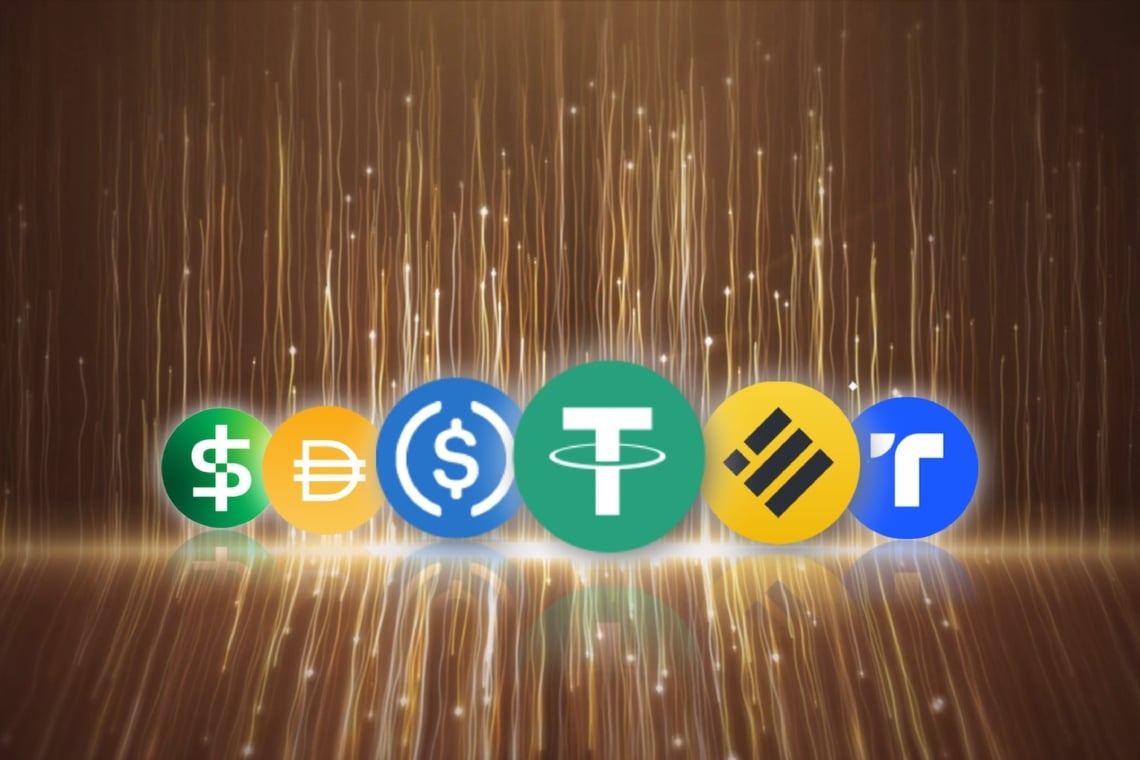SPONSORED POST*
In the world of cryptocurrency, the conversation often revolves around volatility and speculative trading. However, one of the most practical and impactful uses of digital currencies lies in the domain of global remittances. Stablecoins, particularly those pegged to the US dollar like Tether (USDT), have emerged as pivotal tools in this space, offering a more stable and cost-effective alternative to traditional remittance methods. To take advantage of lower transaction fees and faster processing times, you may want to convert USDT ERC20 to TRC20 on your cryptocurrency platform.
Summary
The growing appeal of stablecoins
Stablecoins such as USDT have carved out a significant niche within the cryptocurrency market by maintaining a peg to stable assets, predominantly the US dollar. This pegging mechanism is designed to counteract the inherent price volatility associated with many cryptocurrencies. By mirroring the value of the US dollar, stablecoins achieve a level of stability that is rarely seen in their digital counterparts. This characteristic is particularly vital for users engaged in sending remittances internationally.
For millions globally, remittances are a financial lifeline, often crucial for the livelihood of their families back home. The volatile nature of conventional cryptocurrencies can pose a risk where the value might decrease significantly in a short time, potentially diminishing the amount received by the beneficiary. Stablecoins mitigate this risk by ensuring that the value of the transferred money remains consistent from the moment it is sent until it is received.
Conversion flexibility enhances accessibility
The ability to easily convert between different forms of USDT, such as from ERC20 (Ethereum network) to TRC20 (TRON network), plays a pivotal role in enhancing the flexibility and accessibility of funds in the realm of cryptocurrencies. This conversion capability is more than just a technical feature; it represents a critical aspect of user empowerment in the digital currency space.
For remittance senders, the choice between different blockchain platforms can significantly impact the efficiency and cost-effectiveness of transactions. Each blockchain network offers distinct advantages. For instance, the Ethereum network, while widely used and highly secure, can sometimes suffer from high transaction fees and slower processing times during periods of congestion. On the other hand, the TRON network often provides a faster and more cost-efficient alternative, though it may not have the same level of adoption as Ethereum.
Privacy considerations in transfers
For enhanced privacy in your transactions, consider converting USDT to XMR, which offers greater anonymity features. The conversion from USDT to more privacy-focused cryptocurrencies highlights another critical aspect of digital remittances — privacy. Monero offers enhanced privacy features that obscure the transaction details, which is a desirable attribute for those who prioritize anonymity in their financial transactions. This capability is particularly relevant in regions where financial surveillance is prevalent or where political and economic instability makes financial privacy a necessity.
Impact on global remittances
The traditional remittance industry is often criticized for its high fees and slow processing times, driven by the involvement of multiple intermediaries. Cryptocurrencies, particularly stablecoins, have the potential to streamline this process by enabling direct transfers between individuals across borders without the need for traditional banking systems. This not only reduces the costs associated with remittances but also significantly decreases the time it takes for funds to reach their destination.
Challenges and future prospects
While the advantages are clear, the adoption of cryptocurrencies in remittances also faces challenges. Regulatory uncertainty, the technological learning curve, and the need for wider acceptance of cryptocurrencies as a form of payment are significant barriers. However, as regulatory frameworks evolve and technological literacy improves, the potential for stablecoins to transform the remittance landscape remains vast.
Conclusion
In conclusion, while the speculative aspects of cryptocurrencies often capture the most headlines, the use of stablecoins in global remittances presents a compelling case for the practical use of digital currencies. By offering stability, flexibility, and privacy, stablecoins like USDT provide a promising pathway toward more efficient and inclusive financial systems worldwide.
*This article was paid for. Cryptonomist did not write the article or test the platform.



